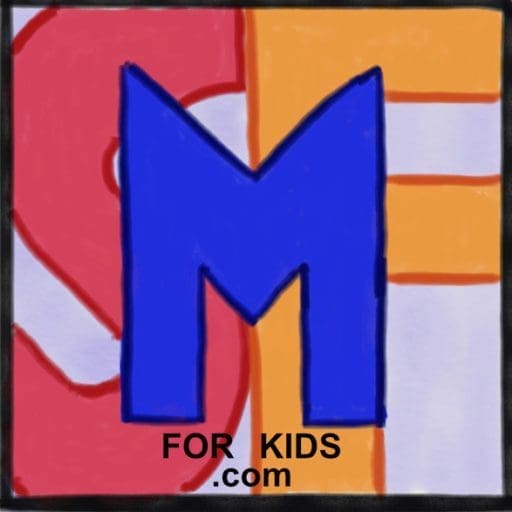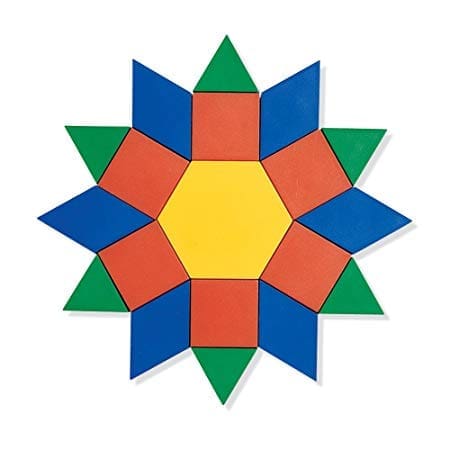
How Stuff Works has a fantastic article called Why Do We Get So Much Pleasure From Symmetry? As it says, “Most objects in the real world are symmetrical. This is particularly true of nature: the radial symmetry of starfish or flower petals, the symmetrical efficiency of a hexagonal honeycomb, or the uniquely symmetrical crystal patterns of a snowflake. In fact asymmetry is often a sign of illness or danger in the natural world.” While teaching symmetry is formally introduced in school in 4th grade, it is something kids have observed their whole lives in the world around them.
Books To Introduce Teaching Symmetry
Two great books to introduce the concept of symmetry are Seeing Symmetry and What Is Symmetry in Nature? Seeing Symmetry, by Loreen Leedy, is aligned with the 4th grade Common Core math standard 4.G.3. If you go to the author’s website you can download free printable pages to go with the book. What Is Symmetry in Nature? is a simpler book but my students enjoy the colorful photographs.
The kids love looking in mirrors (or the face of a partner) and observing all the symmetry in our own faces. They also enjoy noticing how our hands and feet are not symmetrical individually but are symmetrical pairs. From there, they are usually able to describe symmetry in the rest of their bodies, their clothing, in animals, and in things all around them.
Hands On Practice and Math Art
Art For Kids Hub has 5 free printable pages with half of a symmetrical design so kids can draw the other half.
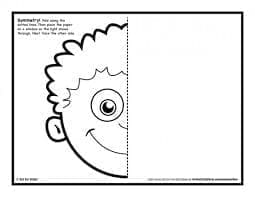
Pattern blocks are perfect for making symmetrical designs. Mathwire has two free printable pages for this. I have also used Studies in Symmetry pattern block cards, a set of 48 designs for students to fill in the missing blocks (these vary in difficulty from simple line symmetry to rotational symmetry.) However, free exploration with pattern blocks is often best for the kids coming up with symmetrical designs on their own, as humans are naturally drawn to symmetry. Symmetry and Pattern Blocks from Math 4 Love is a great post on how free play with pattern blocks led to young children discovering concepts of rotational symmetry. Sometimes I give a set of partners a ruler to act as the line of symmetry and have them each work on one side of a symmetrical design.
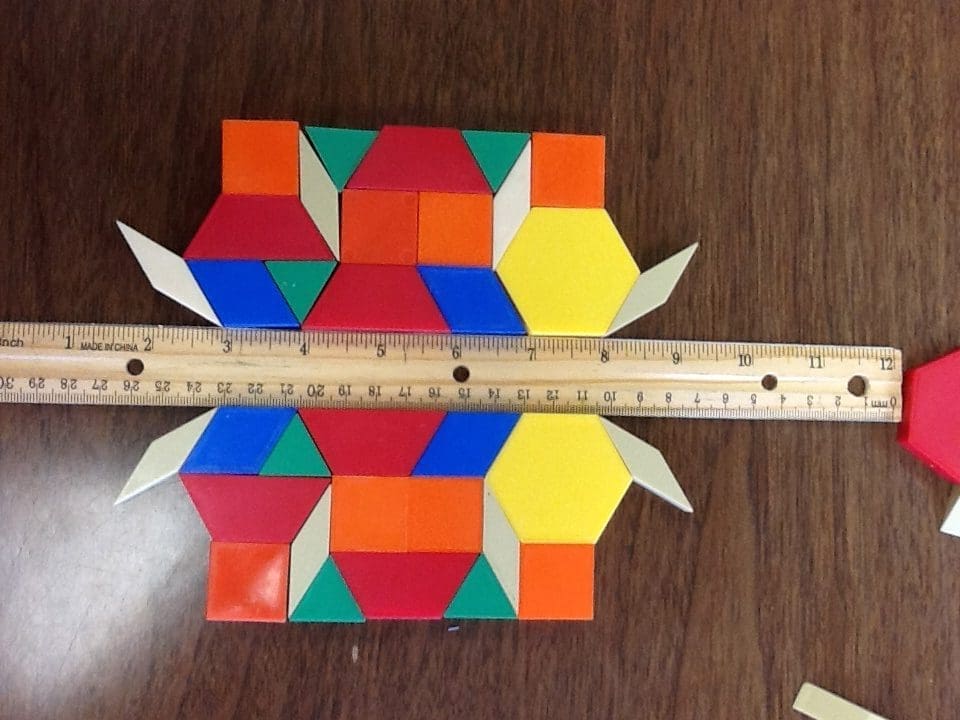
Old fashioned paper cutting works well too. You would be surprised how many students have never seen how to fold a paper, draw half of a shape from the fold line, cut out, and unfold to reveal the whole shape. We started with hearts, then I asked students what other shapes they thought would work and had them explore. They made some very cool symmetrical designs! I also taught them how to fold paper hexagons and cut symmetrical snowflakes (I know circles are traditional but snowflakes actually have six sides). Kids who love this can be taught kirigami as shown in this DIY article from the Origami Resource Center.
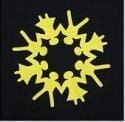
Math Meets Art Self Portrait Symmetry Lesson from Scholastic

Positive Negative Space Symmetry Art from Art Dish
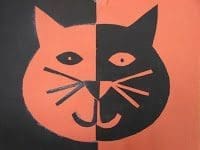
Beyond Line Symmetry
Radial Symmetry Name Art (done with 4th/5th graders)

Rotational Symmetry Art (4th-6th grade)
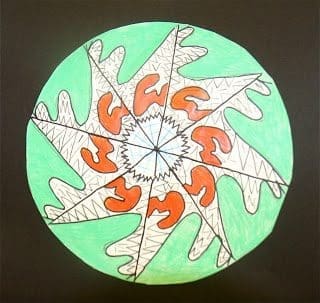
Online Videos For Teaching Symmetry
- Flocabulary: Symmetry
- StudyJams: Lines of Symmetry
- Exploring Symmetry Through Dance
- PBS Kids: Line of Symmetry Song (Peg & Cat video)
- Teacher Tube: Line of Symmetry (photos of natural objects with lines of symmetry)
- Khan Academy: Identifying Symmetrical Figures
Online Games
- Symmetry Game from Soft Schools: complete symmetrical designs by drawing lines to connect dots
